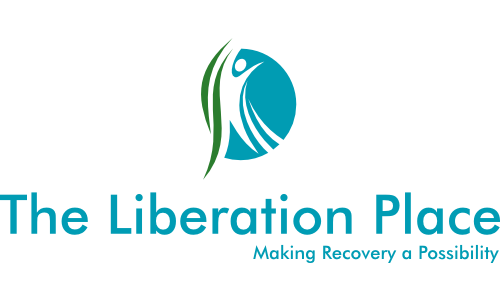Radical Acceptance
Sometimes, even when we really don't feel like it, acceptance is the only answer to the problem we face. Fighting against the actuality of our current situation creates more and more individual suffering. Mainly because it’s routed in us trying to avoid the presence, or possibility of, our own emotional pain. It is usually the case that letting go of the way we want something to be, allowing reality to be whatever it is going to be, leads to an increased sense of serenity and freedom. This is an extremely difficult thing to step into for many of the people who are working this type of behaviour change program. After all, if accepting the way things are, was a skill we found easy to use, we probably wouldn’t be looking for support in this area in the first place. So, let’s talk about Radical Acceptance.
This is one of the better-known skills of DBT, as it is banded around in meetings and conversations about behaviour change on a regular basis. Unfortunately, in my opinion, many of the people who talk about Radical Acceptance have a limited understanding of how to actually practice it in real life circumstances. Radical Acceptance is all about developing our ability to practice complete and total openness, without the judgements associated with activated stories, to the facts of life as they currently are. This gives us the ability to practice mode management, in essence, regulating the parts of our personality that want to act in ineffective ways, which we do through the use of something we will discuss at a later date called the RAAVEN exercise.
“Radical Acceptance is all about developing our ability to practice complete and total openness to any given person, place, or thing, without the judgements associated with the stories we might have activated in our system.”
~Steven Morris RP
One of the common misconceptions about Radical Acceptance is that the skill itself involves accepting things that are not facts in the situation we are currently struggling with. This is definitely not the case. Radical Acceptance means accepting the facts, and only the facts, as they currently are. However, the concept of accepting the reality of facts, things that cannot be disputed about the situation in any way, can be difficult for us to understand. I know this is the case because it’s exactly how it was for me, and primarily this was because I was rigidly tied to the stories associated with the active schema in my system being fact. My rigidity to this way of thinking had me trapped in a cycle I found it hard to get out of, so trying to look at just the facts was an incredibly difficult thing to do, as I was dominated by my parts that were living in Emotion Mind.
This is a totally understandable, and completely valid state of mind to be in. And, at the same time, dialectically, it was driven by the negative emotional Schemas in my system, and the stories that were generated from them. These stories had me constantly re-enacting the past over, and over again. When we are in a state of emotional activation it can be very difficult to differentiate between what’s actually happening, and our story about what’s actually happening because we are looking at life through a filter of confirmation bias. With Radical Acceptance, our story is completely valid, the emotions we are experiencing as a result of this story are also completely valid, as they are a very real experience in this current moment. Radical Acceptance means setting the story aside and accepting the facts of actuality, which as we’ve previously said, is not an easy thing to do.
"In DBT, the conceptual equation we use to remember the importance of Radical Acceptance is Emotional Pain - Acceptance = Emotional Suffering."
~Steven Morris RP.
In DBT, the conceptual equation we use to remember the importance of Radical Acceptance is Emotional Pain - Acceptance = Emotional Suffering. This is an extremely important thing to remember as it pretty much sums up what we all struggle with when it comes to accepting things as they truly are in actuality. We have to work on accepting that pain cannot be avoided; it is nature’s way of signaling that something is wrong. If we could avoid pain, we would do it. If we look at this from a sense of physical pain, if we had the ability to avoid it and not feel it, you might think that would be a good thing. However, in actuality, if this was the case for you, it would be highly likely that you would die at a young age, as you could easily get yourself in dangerous situations that could easily cause you harm. In fact, individuals who are born with no sense of pain have very difficult lives, as they must constantly be vigilant so as not to harm themselves inadvertently.
This is actually the same with emotional pain too. It is designed to draw our attention to something that’s wrong, something that we need to accept is the way it is so we can make a decision regarding how we want to deal with it. Believe it or not, emotions, including those that are very painful, have functions that are critical to human survival. For example, the pain of grief causes people to reach out to find loved ones who are lost. Without it, there would probably be no societies or cultures. No one would look after those who are sick, search for loved ones who are lost, or stay with people who can exhibit difficult behaviours to be with at times. Take some time to contemplate what it is that you need to accept, and see if you can differentiate between your story, and the facts of the situation. Download the PDF at the bottom of this page and use worksheet provided in it to document the difference in writing. Then see if you can practice Radical Acceptance of the facts, and only the facts, of the situation you are documenting.
Download the Radical Acceptance PDF
Follow us on Social Media





